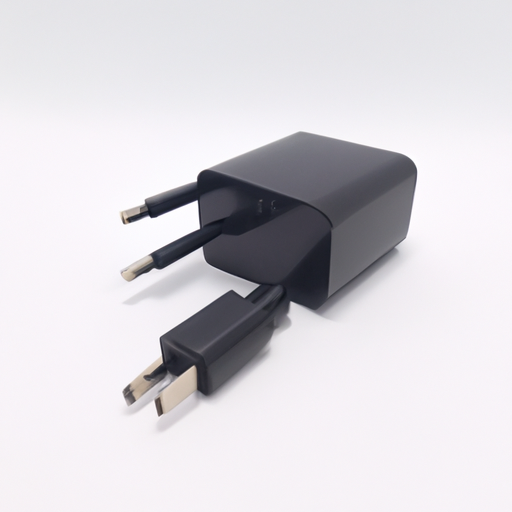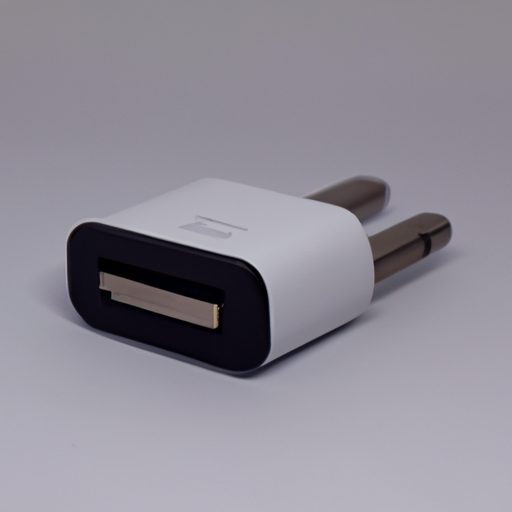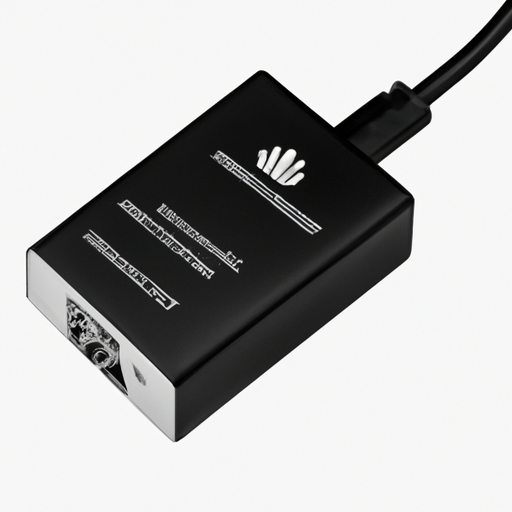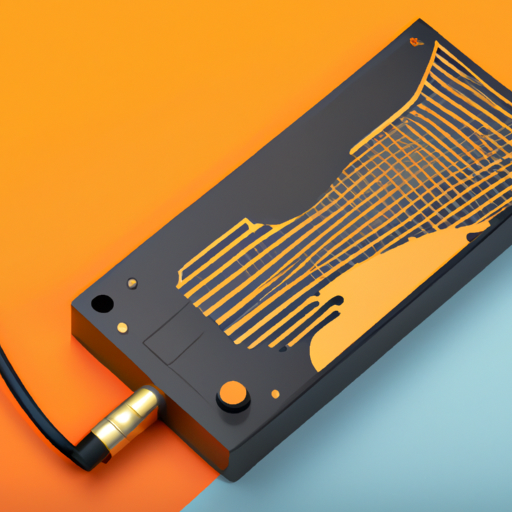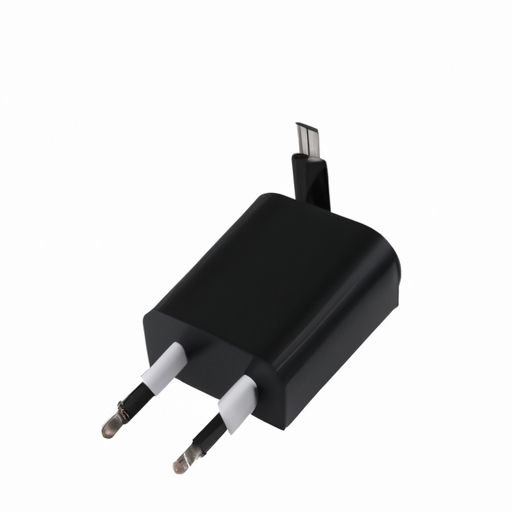Choosing the right electronic amplifier can be a daunting task, especially with the wide range of options available on the market. Whether you are a musician looking for a guitar amplifier, an audio enthusiast in need of a home stereo amplifier, or an engineer designing a system for a large venue, selecting the right amplifier is crucial to achieving the desired sound quality and performance.
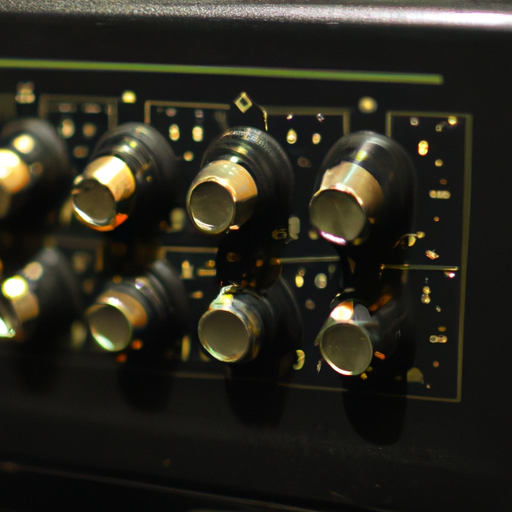
1. Determine your needs and requirements
The first step in choosing the right amplifier is to determine your specific needs and requirements. Consider the type of audio source you will be amplifying (e.g. musical instruments, microphones, speakers), the size of the venue or space where the amplifier will be used, and the desired sound quality and volume levels.
For example, if you are a guitarist looking for a practice amplifier for home use, a small and portable combo amplifier with built-in effects may be sufficient. On the other hand, if you are a professional musician performing in large venues, you may need a powerful and versatile amplifier with multiple channels and inputs.
2. Understand the different types of amplifiers
There are several types of electronic amplifiers available, each designed for specific applications and purposes. Some of the most common types of amplifiers include:
- Guitar amplifiers: These amplifiers are specifically designed for amplifying the sound of electric guitars. They come in various sizes and configurations, including combo amps (with built-in speakers) and head/cabinet setups (separate amplifier head and speaker cabinet).
- Stereo amplifiers: These amplifiers are used to amplify the sound from audio sources such as CD players, turntables, and digital music players. They are typically used in home audio systems and come in different power ratings and configurations.
- PA amplifiers: These amplifiers are designed for public address systems and are used to amplify the sound from microphones, instruments, and other audio sources in large venues such as concert halls, stadiums, and churches.
- Power amplifiers: These amplifiers are used to amplify the signal from preamplifiers or mixers to drive speakers and deliver sound to the audience. They are commonly used in professional audio systems and come in various power ratings and configurations.
3. Consider the power rating and impedance
When choosing an amplifier, it is important to consider the power rating and impedance of the amplifier to ensure compatibility with your audio sources and speakers. The power rating of an amplifier is measured in watts and indicates the maximum output power that the amplifier can deliver.
For example, if you are using a guitar amplifier with a power rating of 20 watts, it may not be sufficient for performing in large venues with high volume levels. On the other hand, if you are using a stereo amplifier with a power rating of 100 watts, it may be too powerful for home use and could potentially damage your speakers.
In addition to the power rating, it is also important to consider the impedance of the amplifier, which is measured in ohms and indicates the electrical resistance of the amplifier. Make sure that the impedance of the amplifier matches the impedance of your speakers to ensure proper signal transmission and prevent damage to the equipment.
4. Check the features and connectivity options
When choosing an amplifier, it is important to consider the features and connectivity options that are available. Some amplifiers come with built-in effects such as reverb, delay, and distortion, which can enhance the sound quality and versatility of the amplifier.
In addition, some amplifiers offer multiple channels and inputs, allowing you to connect multiple audio sources and instruments simultaneously. This can be useful for musicians who need to switch between different instruments or microphones during a performance.
Furthermore, consider the connectivity options of the amplifier, such as XLR, RCA, and 1/4-inch inputs and outputs, to ensure compatibility with your audio sources and equipment. Some amplifiers also offer Bluetooth and Wi-Fi connectivity, allowing you to stream music wirelessly from your smartphone or tablet.
5. Consider the size, weight, and portability
The size, weight, and portability of the amplifier are also important factors to consider when choosing the right amplifier. If you are a musician who travels frequently or performs in different venues, a lightweight and portable amplifier may be more suitable for your needs.
On the other hand, if you are setting up a permanent audio system in a fixed location, a larger and heavier amplifier with more power and features may be more appropriate. Consider the size and weight of the amplifier, as well as the availability of carrying handles and wheels for easy transportation.
6. Read reviews and seek recommendations
Before making a final decision, it is recommended to read reviews and seek recommendations from other musicians, audio enthusiasts, and professionals in the industry. Online forums, social media groups, and audio equipment websites are great resources for finding unbiased reviews and feedback on different amplifiers.
Additionally, consider visiting local music stores and audio equipment retailers to test out different amplifiers and speak with knowledgeable staff members who can provide expert advice and recommendations based on your specific needs and requirements.
In conclusion, choosing the right electronic amplifier requires careful consideration of your needs and requirements, as well as an understanding of the different types of amplifiers, power ratings, impedance, features, connectivity options, size, weight, and portability. By following the tips and recommendations outlined in this article, you can make an informed decision and select the amplifier that best suits your audio needs and preferences.

